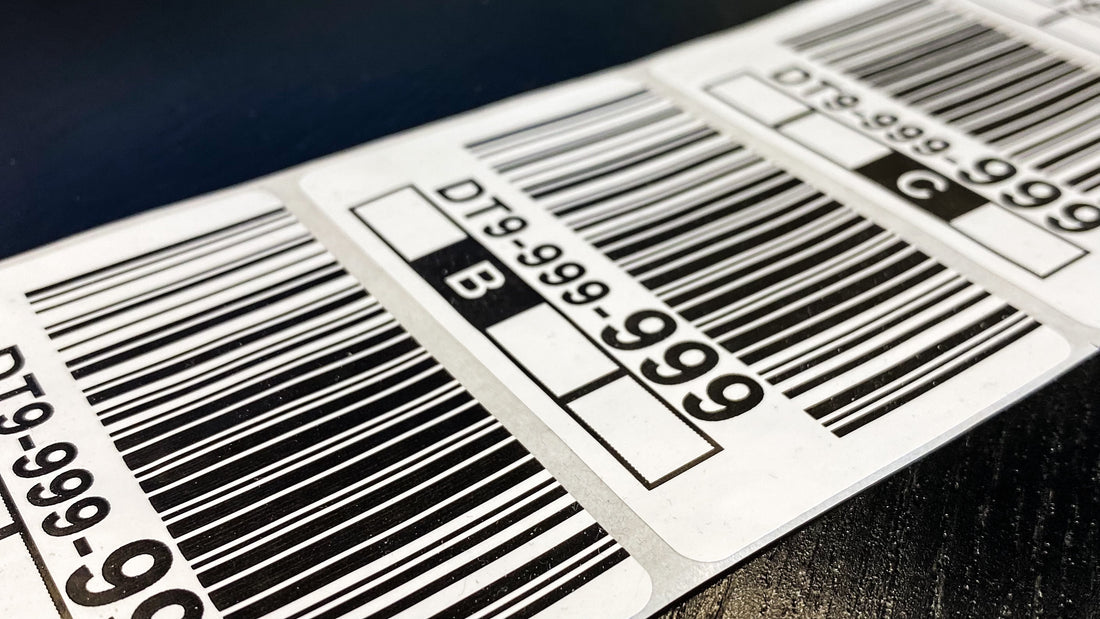
Celebrating 50 Years of Innovation: The Barcode Revolution
Half a century ago, on June 26, 1974, a pack of Wrigley's Juicy Fruit gum was purchased at a Marsh supermarket in Troy, Ohio. This seemingly mundane transaction marked a monumental moment in retail and technology history: the first scan of a Universal Product Code (UPC) barcode. This event not only transformed the retail industry but also heralded a new era of efficiency and data management that has become integral to our modern economy.
As a company that specializes in manufacturing barcode labels, this anniversary is particularly significant. Our journey is intertwined with the evolution of the barcode itself—a journey from simple lines representing numbers to a complex system that underpins global commerce.

The barcode's inception can be traced back to 1949 when inventors Norman Joseph Woodland and Bernard Silver filed a patent for a "Classifying Apparatus and Method" — the precursor to the modern barcode. However, it wasn't until that fateful day in 1974 that the barcode system was put into practical use. Since then, barcodes have become ubiquitous, appearing on nearly every item we purchase.
For our company, barcodes represent more than just a product; they symbolize the innovation and forward-thinking that drives us. They are a testament to our commitment to providing solutions that enhance efficiency and accuracy in supply chain management. Barcodes have allowed us to streamline operations, reduce errors, and save costs, which in turn benefits our clients and their customers.
The significance of barcodes extends beyond their practical application. They have enabled a level of global standardization and interoperability that was previously unimaginable. With a simple scan, products can be tracked from manufacturing to the end consumer, ensuring transparency and accountability at every stage of the supply chain.
As we look to the future, the potential of barcodes continues to expand. The advent of 2D barcodes and the GS1 Digital Link promises to unlock even more possibilities, from enhancing consumer engagement to improving sustainability initiatives. These advancements align with our company's vision of continuous improvement and innovation.
On this golden anniversary, we not only celebrate the past achievements but also embrace the future possibilities that barcodes bring. Our company is proud to be a part of this legacy, and we remain dedicated to advancing the technology that has revolutionized the way we live and do business.
Here's to the next 50 years of barcodes, where we will continue to see growth, transformation, and endless possibilities. Let us all scan ahead to a future of boundless innovation.
